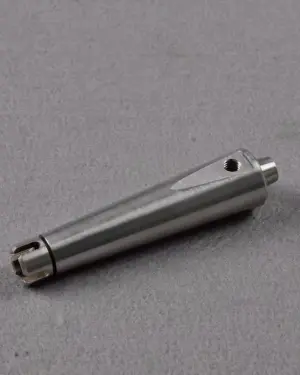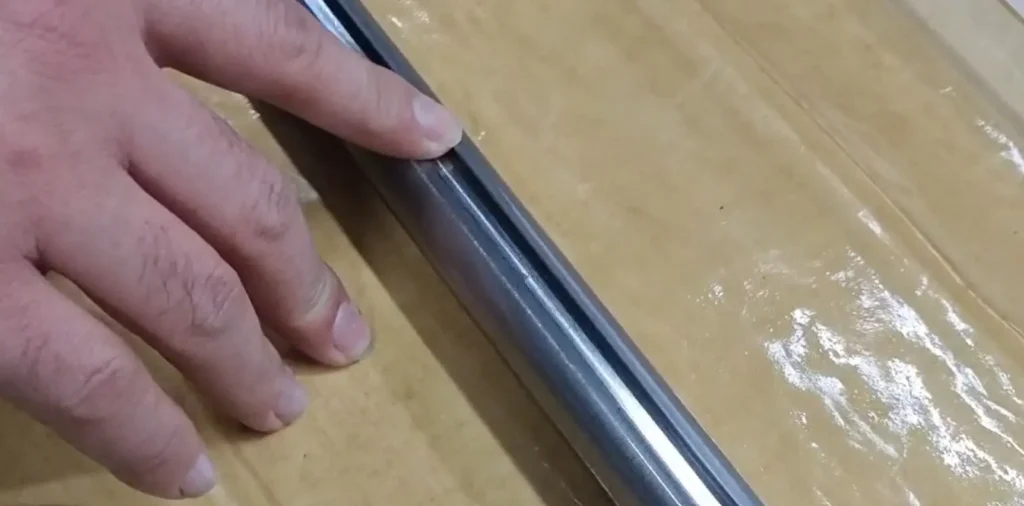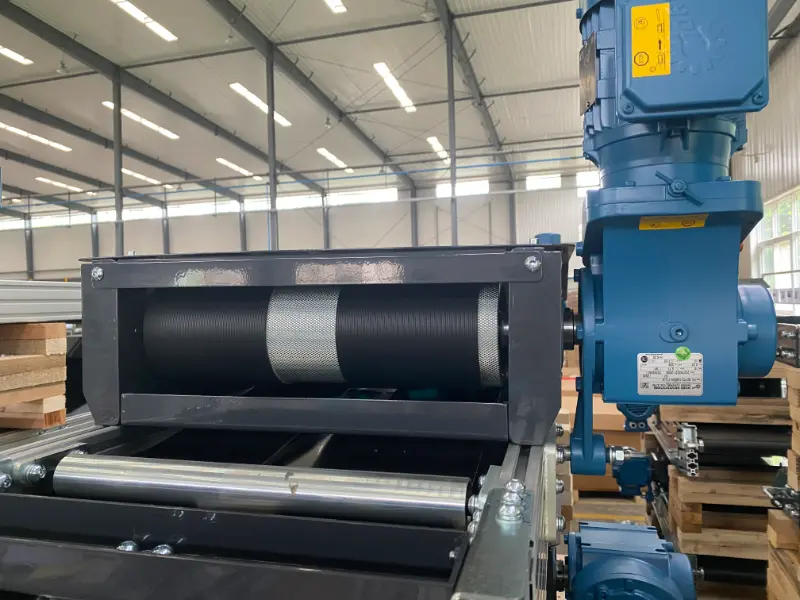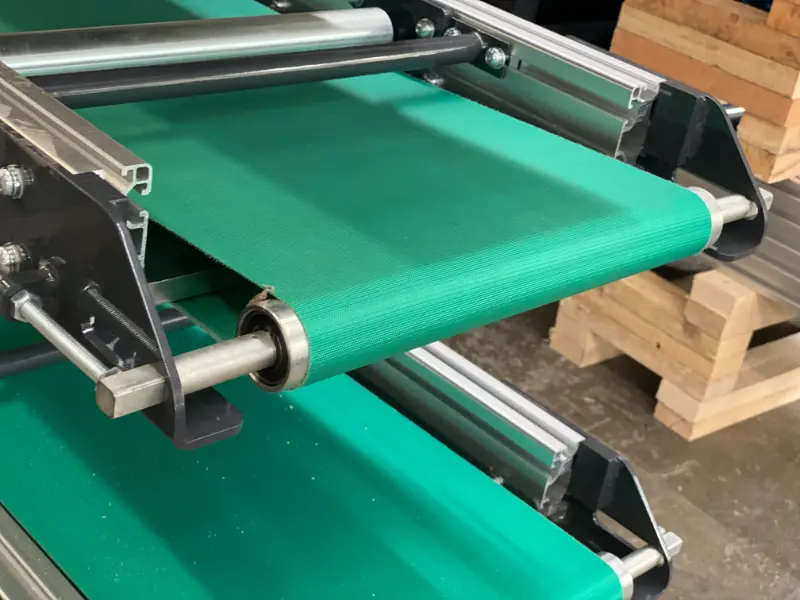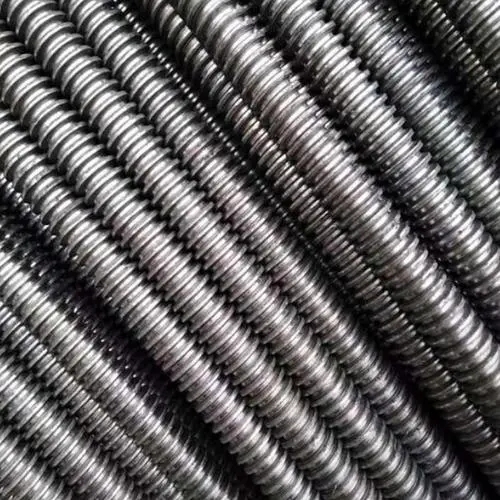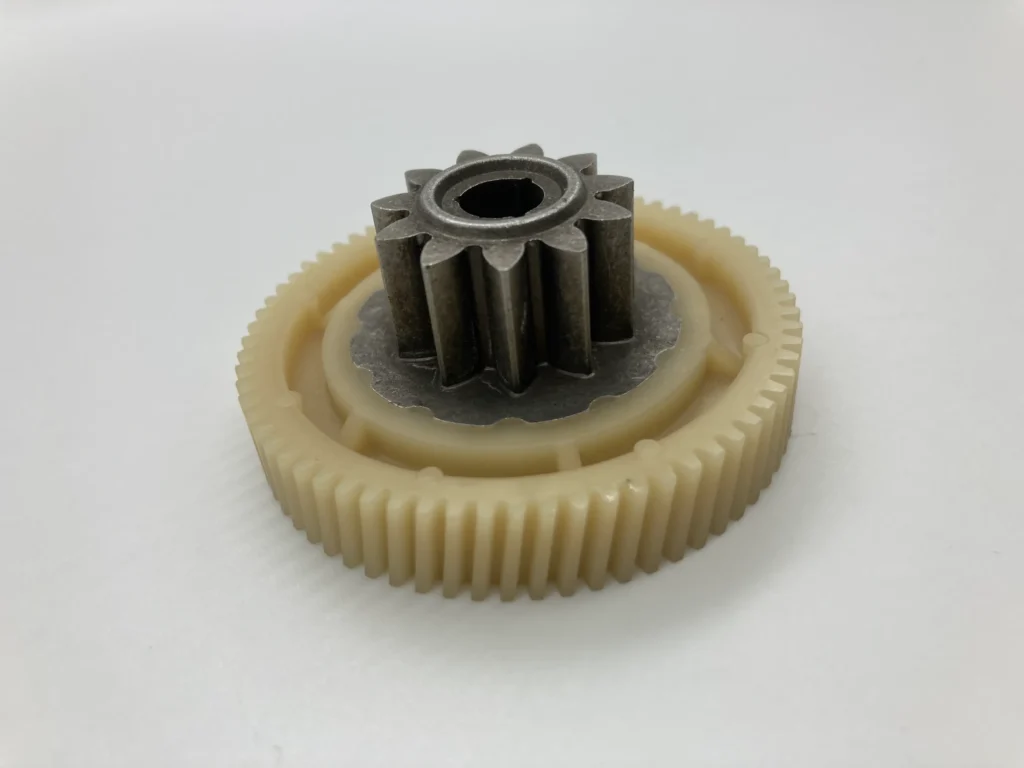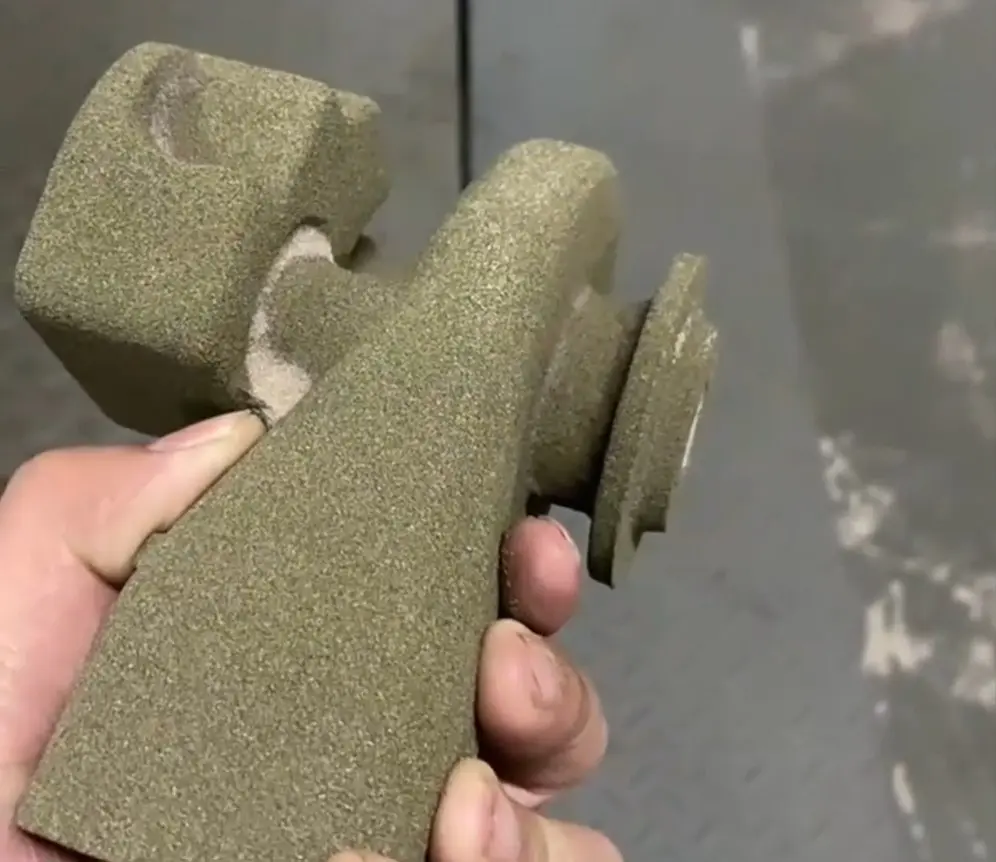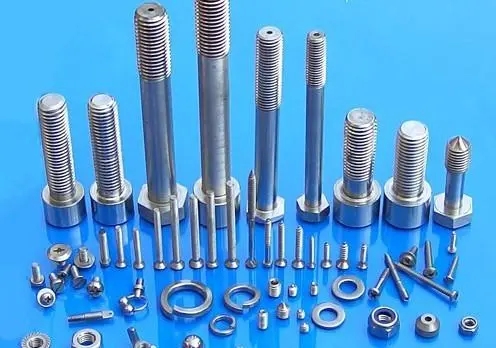Introduction to Tapered Shafts In the world of machinery and engineering, tapered shafts play a crucial role as key components in power transmission systems. These shafts are designed with a gradual reduction in diameter, providing enhanced stability and alignment compared to their straight counterparts. Whether in automotive engines, industrial machinery, or precision equipment, tapered shafts ensure efficient energy transfer and reliable operation. Types and Varieties of Tapered Shafts Tapered shafts come in various designs tailored to specific applications and operational requirements. Straight Tapered Shafts maintain a consistent taper along their length, offering simplicity and reliability in power transmission. Stepped Tapered Shafts, on the other hand, feature multiple diameters in their […]
カテゴリーアーカイブ: Study cases and knowledge
Discover industriy trends, case studies, how-to guides, manufacturing processes and FAQs on Welleshaft’s Knowledge Hub—expert insights for engineers and sourcing professionals.
Welleshaft’s Study Cases and Knowledge page addresses key sourcing challenges, quality control hurdles, and real manufacturing pain points—helping buyers make smarter, faster decisions.
Keyed Shaft Manufacturer: Providing Quality Keyed Shafts for Efficient Machinery Operations When it comes to the smooth operation of machinery, one of the key components that play a crucial role is the keyed shaft. A keyed shaft is essential for transmitting torque in a variety of machinery applications, and it’s imperative to have a reliable manufacturer who can provide high-quality keyed shafts to meet specific requirements. 1. Introduction What is a Keyed Shaft? A keyed shaft refers to a shaft with a keyway, a slot for a key that prevents the shaft and the rotating element from moving independently. This ensures that the torque can be transmitted efficiently, making it […]
Understanding Roller Conveyors and Their Applications What Are Roller Conveyors? Roller conveyors are essential components in material handling systems, consisting of a series of rollers supported within a frame. Objects can be moved along these rollers either manually, by gravity, or by powered mechanisms. This versatile system is widely used to transport various items, including boxes, crates, pallets, plastic totes, and trays, making it an integral part of warehouse and manufacturing operations. Versatility of Roller Conveyors Roller conveyors can be adapted and configured to work with a range of ancillary equipment, such as bends, gates, and turntables. They add flexibility to the type of transfers, diverters, and stops used within […]
Conveyor Rollers and How They Work: A Comprehensive Guide As a leading conveyor roller manufacturer, we understand the critical role these components play in modern logistics and production. Conveyor rollers are essential elements that facilitate the smooth and efficient movement of goods within various facilities. In this guide, we delve into the intricacies of conveyor rollers, their applications, types, and the benefits they bring to your operations. What are Conveyor Rollers? Conveyor rollers are cylindrical components integrated into the upper part of a conveyor frame. They are designed to move goods swiftly and efficiently from one point to another within a warehouse or production center. These rollers are a vital […]
Conveyor Roller Manufacturers: The Key to Efficient Material Handling Introduction In the world of material handling and transportation, conveyor rollers play a crucial role in the smooth and efficient movement of goods. Whether it’s an agriculture company, food and beverage company, or a medicine company, the need for conveyor roller manufacturers is universal. This article aims to delve into the world of conveyor roller manufacturing, exploring the different types, advantages, and considerations for companies looking to invest in this essential equipment. Understanding Conveyor Rollers What are Conveyor Rollers? Industrial conveyor rollers are cylindrical tubes that facilitate the movement of items along a conveyor belt. They are designed to handle a […]
The lead screw, especially the ball screw, has a number of significant advantages, which make it widely used in a variety of mechanical and automation systems. The following is a detailed overview of the advantages of the lead screw: 1. High precision: Ball screw can provide extremely high positioning accuracy and repeated positioning accuracy. Its precise manufacturing process and design ensure a tight fit between the screw and nut, enabling subtle and accurate displacement control. This is essential for applications that require high precision positioning, such as CNC machine tools, measuring equipment, and precision machinery. 2. High efficiency: Compared with traditional sliding screws, ball screws significantly improve transmission efficiency by […]
Lead screws, especially ball screws, play a vital role in mechanical systems. Here is a clear summary of its role: 1. Motion conversion: The main function of the lead screw is to achieve the conversion of the form of motion, which can convert the rotating motion into a linear motion, or vice versa. This property is very useful in mechanical design, especially where linear displacement is required. 2. High transmission efficiency: By introducing steel balls, the ball screw creates rolling friction between the screw and nut, which significantly reduces friction resistance and improves transmission efficiency. Compared with the sliding screw, the transmission efficiency is higher and the energy loss is […]
What are Plastic Gears? Plastic gears have become increasingly popular in various industries due to their unique advantages over traditional metal gears. This comprehensive guide will explore the structure, design, manufacturing processes, materials, types, benefits, disadvantages, and applications of plastic gears. Design Considerations for Plastic Gears Designing plastic gears requires careful consideration of various factors to ensure optimal performance and longevity. Key design aspects include: Tooth Profile: Involute Teeth: The most common design, ensuring smooth meshing and minimal noise. Helical Teeth: Provide quieter operation and better load distribution but require more complex manufacturing processes. Gear Geometry: Pitch: The distance between corresponding points on adjacent teeth. Module: The […]
What is 3D Sand Printing and How Does it Work? 3D Sand Printing is an advanced additive manufacturing technique used to create sand molds and cores for casting metal components. Unlike traditional sand casting, which involves manually creating molds, 3D sand printing automates this process, significantly enhancing precision and reducing production times. How Does 3D Sand Printing Work? Design: The process begins with a 3D CAD model of the part to be cast. This digital model is created using CAD software, which allows for precise control over the design. Preparation: The 3D model is then converted into a format compatible with the 3D printer, typically an STL file. The design […]
The production process of stainless steel fasteners mainly includes the following steps: 1. Material preparation: Choose suitable stainless steel materials, such as 304, 316 and other high-strength stainless steel, which is the basis for ensuring product strength and corrosion resistance. 2. Material cutting: – Cutting stainless steel material to the appropriate size and shape, commonly used cutting processes include shearing, sawing, laser cutting, etc. 3. Molding processing: – Molding of stainless steel materials according to the shape and requirements of the product. Commonly used forming processes are stamping, drawing, cold heading and so on. In addition, the hot beating process is also an important molding method, by heating the material […]

